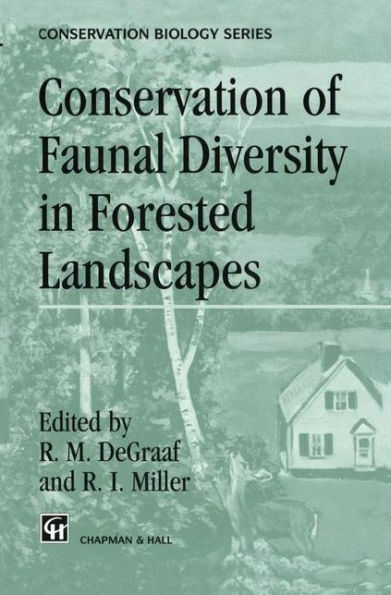Conservation of Faunal Diversity in Forested Landscapes
Forest wildlife conservation is critically required in many parts of the world today. This book presents a merger between the elements of wildlife conservation and habitat conservation, and explains how these disciplines can be used to promote the conservation of vertebrates in forests around the world.
1117015023
Conservation of Faunal Diversity in Forested Landscapes
Forest wildlife conservation is critically required in many parts of the world today. This book presents a merger between the elements of wildlife conservation and habitat conservation, and explains how these disciplines can be used to promote the conservation of vertebrates in forests around the world.
219.99
In Stock
5
1

Conservation of Faunal Diversity in Forested Landscapes
634
Conservation of Faunal Diversity in Forested Landscapes
634
219.99
In Stock

Product Details
| ISBN-13: | 9780412618901 |
|---|---|
| Publisher: | Springer Netherlands |
| Publication date: | 09/30/1996 |
| Series: | Conservation Biology , #6 |
| Edition description: | 1996 |
| Pages: | 634 |
| Product dimensions: | 6.10(w) x 9.25(h) x (d) |
About the Author
From the B&N Reads Blog
